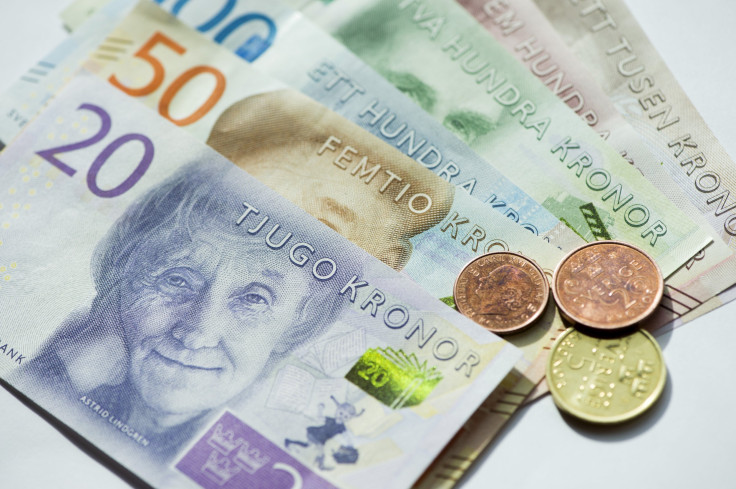Sweden Pushes Key Interest Rate Further Below Zero To Prop Up Inflation

Pulling out all stops to fire up weaker-than-expected inflation, Sweden’s central bank lowered its key interest rate further below zero. The Riksbank also said it was prepared to continue easing monetary policy to achieve its earlier target of 2 percent inflation by 2017.
The repo rate was reduced to minus 0.50 percent from minus 0.35 percent as part of an unprecedented stimulus package launched last year to save the economy from deflation and keep the Swedish currency, the krona, from appreciating further. Due to the slump in energy costs and slow growth in property prices, inflation is expected to be lower in 2016 compared to a December forecast, Riksbank said in a statement Thursday.
While economists polled by Bloomberg and the Wall Street Journal had largely expected a rate cut, the central bank’s cut was deeper than most analysts had projected, the publications reported. The krona immediately plunged on the news, down by 1 percent against the euro.
The Riksbank also said government bond purchases will continue as planned for the first six months of 2016 and that it “will reinvest maturities and coupons from the government bond portfolio until further notice.”
Sweden's key interest rate has been negative since February 2015, with four rate cuts in the past year alone, and the Riksbank attributed its extremely loose monetary policy to the strengthening of the Swedish economy and falling unemployment.
Since last year many European countries’ central banks have embraced negative interest rates where depositors are actually charged to keep their money in banks.
“Uncertainty regarding global developments is still high, with low inflation and several central banks pursuing more expansionary monetary policy,” the Riksbank said, adding that “Swedish monetary policy must relate to this.”
In Asia, the Bank of Japan adopted a negative interest rate in January this year, to spur economic growth in what was once one of the world's fastest growing and dynamic economies.
© Copyright IBTimes 2025. All rights reserved.





















